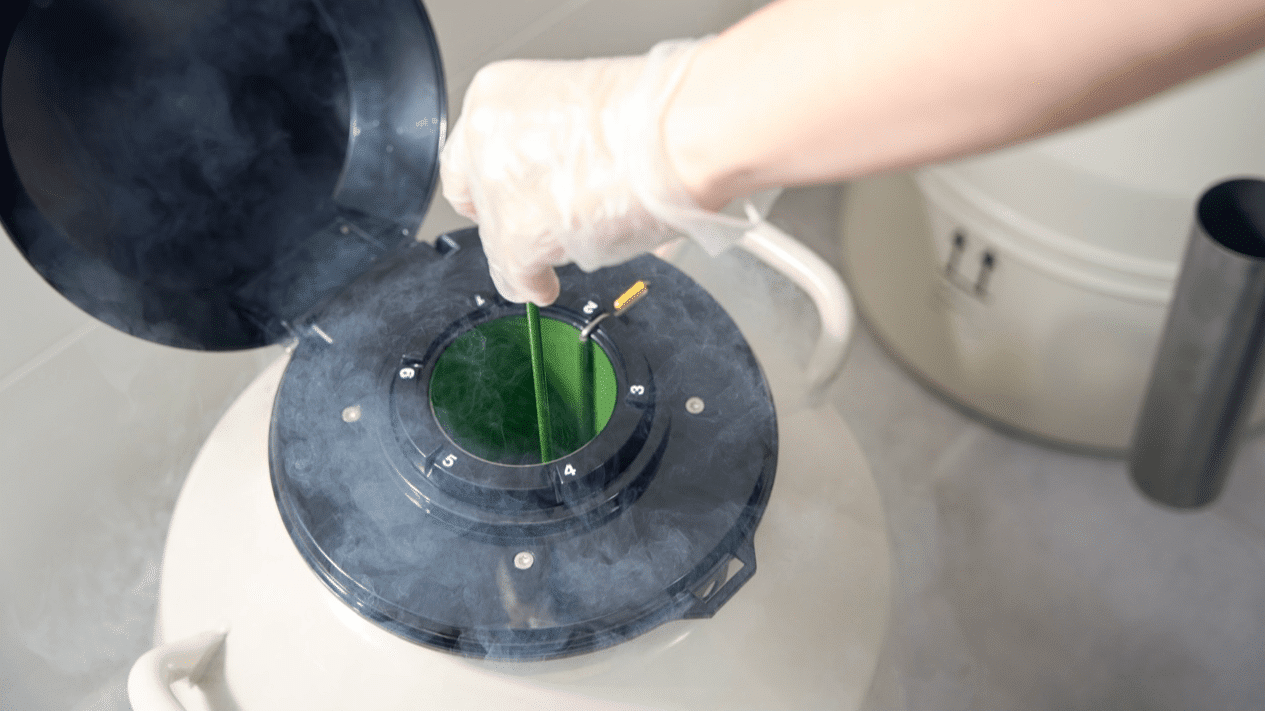Frozen Embryo Transfer: A Comprehensive Guide to the Process and Success Factors
If you are considering a frozen embryo transfer (FET) as part of your fertility treatment, or are simply curious about the process, this comprehensive guide will provide you with all the essential information you need to know. From understanding the FET procedure to the factors that contribute to its success, let’s delve into the world of frozen embryo transfer.
What is Frozen Embryo Transfer?
Frozen embryo transfer (FET) is a procedure commonly used in assisted reproductive technology (ART) to transfer previously frozen embryos into a woman’s uterus. These embryos are typically created through in vitro fertilization (IVF) using either the woman’s own eggs or donor eggs. After the embryos are frozen and stored, they can be thawed and transferred into the uterus at a later time.
The Frozen Embryo Transfer Process: Step by Step
1. Stimulation and Egg Retrieval: Before the FET procedure, a woman may undergo ovarian stimulation to produce multiple eggs. The eggs are then retrieved through a minor surgical procedure known as egg retrieval.
2. Fertilization and Embryo Freezing: The retrieved eggs are fertilized with sperm in a laboratory, and the resulting embryos are monitored for quality and development, then the highest-quality embryos are selected for transfer, while the remaining viable embryos can be frozen for future use.
3. Preparation for FET: The woman’s menstrual cycle is closely monitored to determine the optimal time for FET. Medications may be prescribed to prepare the uterus for embryo implantation by thickening the uterine lining.
4. Embryo Thawing: On the day of the FET, the frozen embryos are thawed under controlled conditions to ensure their viability.
5. Embryo Transfer: Using a catheter, the thawed embryos are carefully transferred into the woman’s uterus. This is a relatively quick and painless procedure, typically performed without anesthesia.
Factors Affecting FET Success
Several factors contribute to the success of a frozen embryo transfer. These include:
1. Embryo Quality: The quality of the embryos plays a crucial role in the success of FET. High-quality embryos have a better chance of implanting and developing into a healthy pregnancy.
2. Age of the Woman: The woman’s age at the time of embryo freezing and transfer is an important factor. Generally, younger women have higher success rates compared to older women.
3. Uterine Receptivity: The receptivity of the uterus is crucial for successful embryo implantation. A thin and well-prepared uterine lining, as assessed through ultrasound and hormone levels, is indicative of better receptivity.
4. Timing of Embryo Transfer: The timing of embryo transfer is critical. The transfer should be performed at the optimal time during the woman’s menstrual cycle, usually when the uterine lining is at its most receptive state.
5. Frozen Embryo Quality: The quality of the embryos after thawing is also crucial. Not all embryos survive the thawing process, so having high-quality frozen embryos increases the chances of success.
6. Lifestyle Factors: Certain lifestyle factors can impact the success of FET. Maintaining a healthy weight, avoiding smoking and excessive alcohol consumption, and managing stress levels can all contribute to a more favorable outcome.
7. Genetic Screening: Preimplantation genetic testing (PGT) can be performed on embryos before freezing or after thawing. PGT can identify chromosomal abnormalities, allowing for the transfer of only healthy embryos with a higher chance of successful implantation.
Conclusion
Frozen embryo transfer (FET) is a commonly utilized procedure in fertility treatments. Understanding the process, from the preparation and thawing of embryos to the factors that contribute to their success, is essential for those considering FET or seeking knowledge on the subject. By considering factors such as embryo quality, age, uterine receptivity, timing, frozen embryo quality, and lifestyle factors, individuals and couples can make informed decisions and increase their chances of a successful FET. As always, consulting with a fertility specialist is crucial for personalized guidance and support throughout the process.









